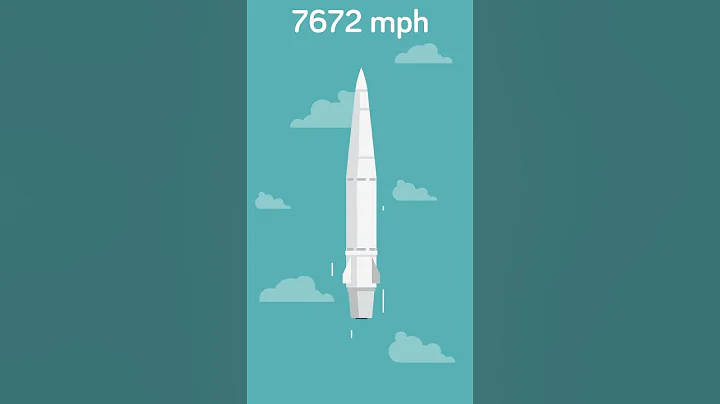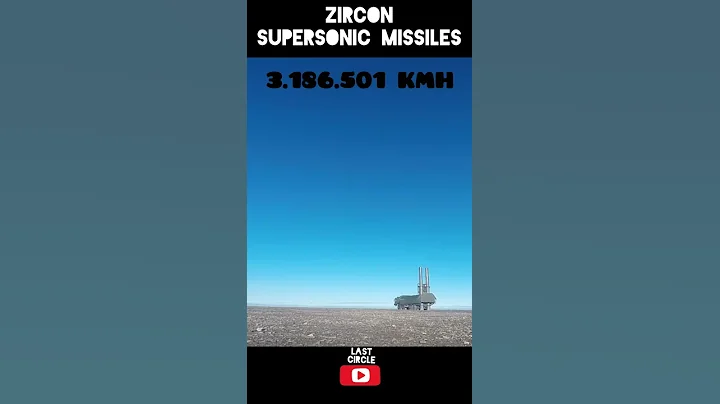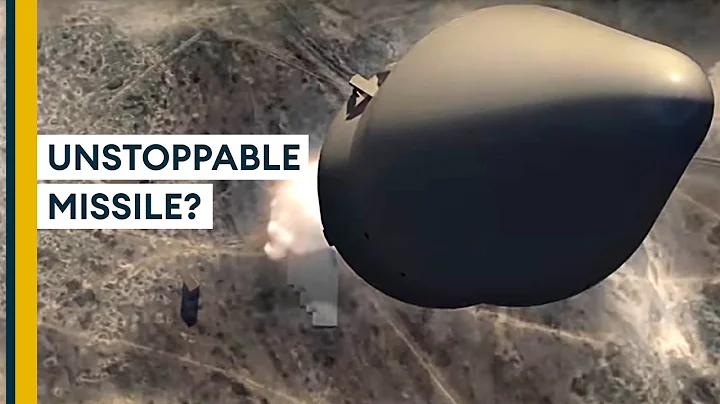On June 30, local time, US media Bloomberg reported that the US Department of Defense announced on the same day that the US military launched a launch test of the hypersonic missile in Hawaii on Wednesday. The missile that performed the test launch mission this time The model is "Conventional Prompt Strike Hypersonic Missile" (CPS). In October last year, the U.S. military conducted its first launch test of this missile. However, during that launch test, the missile's booster malfunctioned, causing the missile to not leave the launch pad at all. In this test launch, although the missile booster successfully ignited, the missile left the launch pad. However, the missile malfunctioned within seconds of liftoff, lost power, and eventually fell. The US military is currently investigating the reasons for the failure of the second test launch of the CPS missile, and Bloomberg said that this failure marked a "new blow" to this already frustrated project.

Bloomberg believes that the U.S. Department of Defense is currently facing unprecedented pressure in the field of hypersonic weapons . Among the imaginary enemies of the United States, Russia has not only installed the "Dagger", "Zircon", and "Pioneer" hypersonic missiles , but has also put them into actual combat battlefields in the Russia-Ukraine conflict, and has demonstrated Far stronger than the performance of conventional missiles. According to US media reports, China's more powerful Dongfeng-17 hypersonic missile has been equipped with many troops. At the same time, the People's Liberation Army is also actively developing sea-based versions and air-launched versions based on the Dongfeng-17 hypersonic missile. version, and some progress has been made.

Even North Korea, which is relatively backward in technological level, has successfully tested the Hwasong-8 hypersonic missile multiple times in recent months. However, the development of hypersonic missiles in the United States is difficult, and it can only barely let the missiles leave the launcher, which has no practical significance at all. At present, the United States is planning to intensify its attacks on China, Russia and other countries, but it lags significantly behind China and Russia in the development of important weapons, and is even inferior to North Korea. This will naturally keep senior officials of the US military and the Pentagon awake at night.

Moreover, the CPS model hypersonic missile that failed this time is the largest investment and most important project in the United States. This project is mainly responsible for the US Navy. After it is successfully put into service, it will be installed on the new generation of destroyers and Virginia-class nuclear submarines. The U.S. Navy believes that once this project is successful, the combat effectiveness of the U.S. Navy will be greatly improved. In fiscal year 2020, the U.S. Navy spent $510 million on this project. In fiscal year 2021, the investment in the project increased to $1 billion. By fiscal year 2022, the U.S. Navy spent another $1.37 billion to continue development. This project, and plans to continue to invest US$.2 billion in the development of CPS hypersonic missiles in fiscal year 2023. The U.S. Navy spent $4 billion in four years to develop CPS hypersonic missiles, but the result was that the missiles were never able to be launched normally. It can be said that U.S. hypersonic missile research and development has become a laughing stock around the world.

The reasons why the development of hypersonic missiles in the United States is far behind that of China, Russia and North Korea are very complicated. However, the outside world believes that this is because the United States embarked on the path of de-industrialization after the end of the Cold War. At present, the U.S. economy is highly hollowed out, with a large number of outstanding talents concentrated in industries such as the Internet and finance, while manufacturing talents, including the military industry, are in decline. Although the United States can use immigrants from other countries to fill talent gaps in other manufacturing sectors, the military industry involves national security and it is difficult for foreigners to play an important role in it. Therefore, there is a talent gap in the U.S. military industry. This is also an important reason why the development process of almost all new weapons in the United States, including hypersonic weapons, is very tortuous.

On the other hand, the conflicts between the US military services have had a major negative impact on the research and development of hypersonic weapons in the United States. The US military has long-term competition for resources and budgets. When developing hypersonic weapons, the US Army, Air Force, Each navy has its own dedicated hypersonic missile research and development projects, and their respective technical routes and expected performance are also very different.For example, the AGM-183A missile developed by the U.S. Air Force uses a waverider warhead, while the CPS missile led by the U.S. Navy uses a bicone warhead. This makes it almost impossible for the U.S. military to concentrate its efforts to jointly tackle key problems, which greatly disperses the U.S.'s scientific research strength and funding, and reduces the efficiency of the U.S. in developing hypersonic weapons.

In short, the United States’ lagging behind in the field of hypersonics has long become an indisputable fact, and the failure of this CPS missile test marks another failure of the United States in its attempt to catch up with China, Russia and North Korea. In the field of hypersonic missiles, the United States can be said to have "got up early and rushed to work late." The reason for this situation is the United States' unrealistic military equipment research and development policy that is too ambitious for success. At present, the research and development of hypersonic missiles in the United States is falling into a vicious cycle. With the Russian military’s hypersonic missiles being put into actual combat many times, China’s hypersonic missiles being deployed in large numbers, and North Korea’s multiple successful test launches of hypersonic missiles, the U.S. military is increasingly concerned about its own hypersonic missiles. The needs are becoming more and more urgent. However, scientific research cannot be done too hastily. The more pressure the US military feels and the more anxious it becomes, the less successful research and development will be.





















